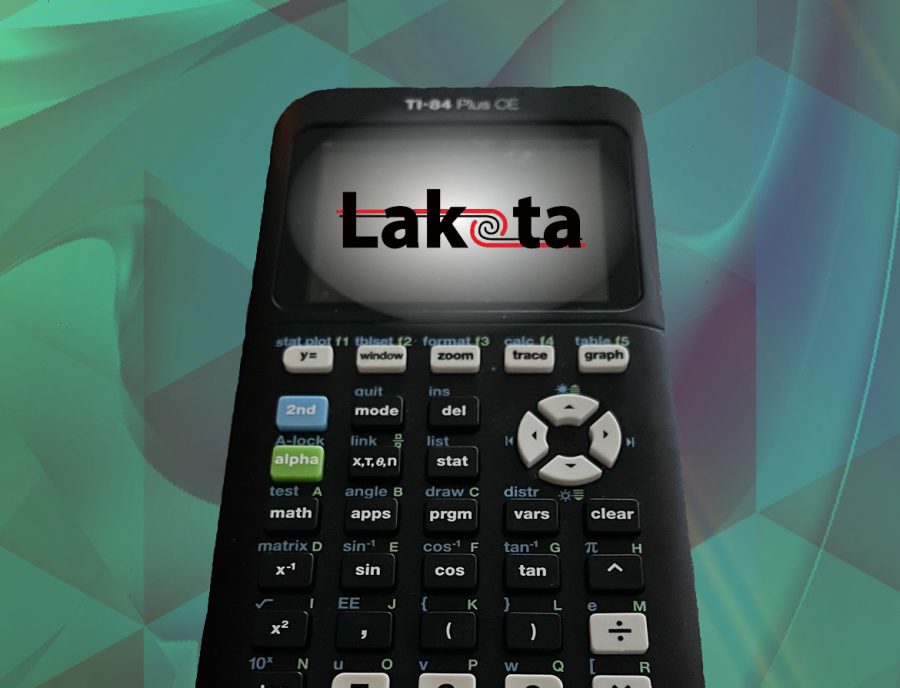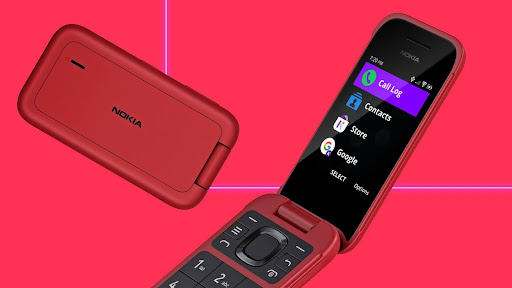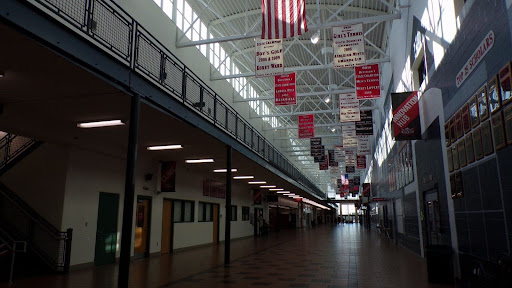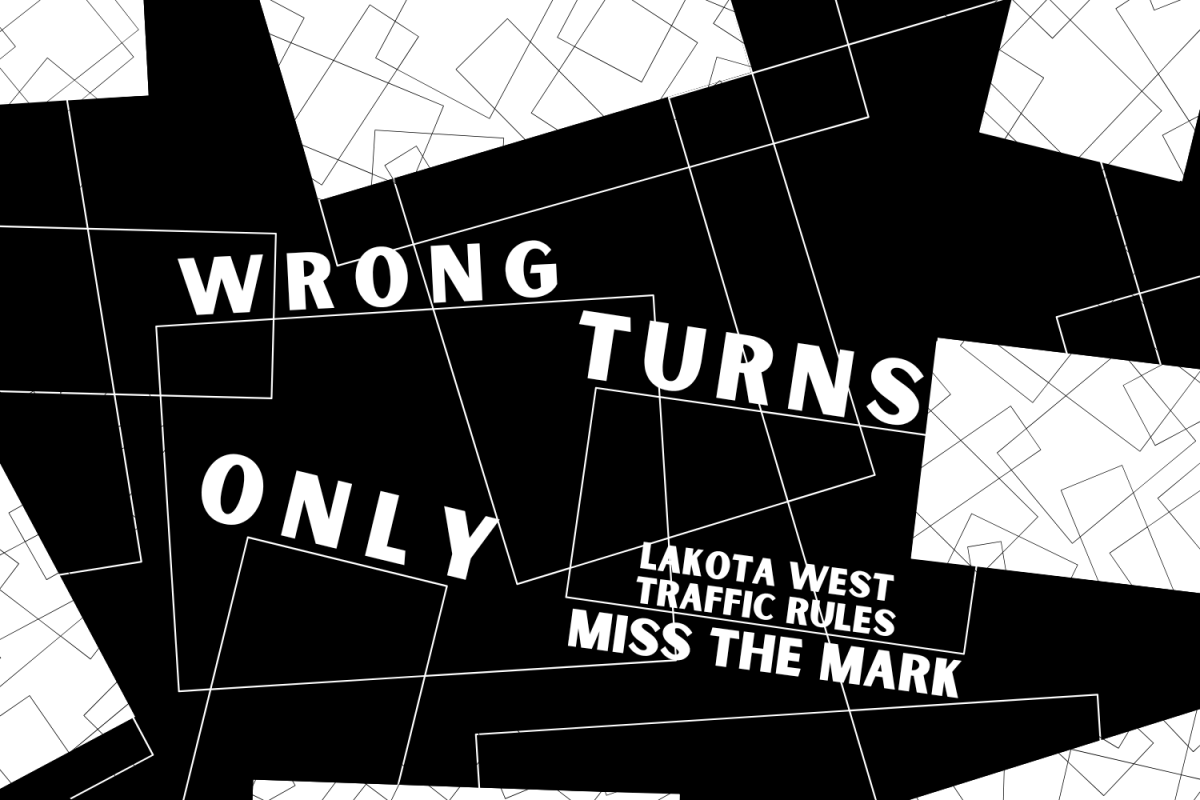As students prepare to enter another year of high school and go through a rigorous 9 months of lectures and projects, teachers will post their lists of classroom procedures and items they need to have in class each day. While most seem like everyday items, such as a 3-ring binder or a few folders, others are specific for occasional needs. A good example that almost all kids have, is a graphing calculator. Often between a price range of 95-140+ dollars, these hefty mathematical beasts are capable of creating a graph of your equations in real time, with just the click of a button. While it sounds remarkable, there is a major underlying issue, and I’ll bet it’s not the one you’re expecting. Have you ever been in your math class and the teacher said, “Don’t use a calculator on these questions”? I’ll bet a few kids grumbled, or maybe even let out a “that’s dumb, why can’t I use it?” And that’s just the issue, at least, the start of it. Why can’t students use their calculators at certain times? Isn’t that a little counterproductive?
Day after day, I go into my Algebra II class and have to listen to my teacher lecture about how not enough students have their graphing calculators in class. Some people choose not to remember to bring it to class, and others flat out don’t have one. After spending multiple minutes talking to students about how the calculator will help with their academic integrity, the class goes back to learning about the topic of the day, and for just a few minutes each day, we use our graphing calculator to check our work or plug in some equations. It raises the question of whether spending all that money is really worth it; Should I just dump all my money into a fancy piece of equipment and not get to use it?
We are in a new age of technology, with new innovations rolling out at what feels like every day. From self-driving cars to tourism in space, so much is coming to the world in a short amount of time, and we need great minds to do that. I always try to find the optimal way of getting things done, and that means using all the tools I have around me. When I’m doing a worksheet in class and I’m told not to use a calculator, it hinders the amount of my free time by making me write everything out, and potentially make very simple errors (like forgetting to switch two negative numbers to a positive). With a calculator, I can type things in with ease, be confident in my work knowing I can’t make any simple mistakes, and gets answers quickly and save wasting paper and money on a notebook, pencils, etc.
You might say that you could make mistakes on a calculator when typing something in, which, while that might be a very real situation, teachers could limit this by letting students adjust to calculators at an earlier age so they get a better feel of things and the controls. After all, technology is the way of the future and we tend to type things in far more than write things out. And that just so happens to lead me to the next point of 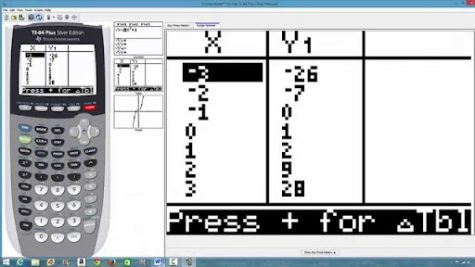 interest: How do we use a calculator? Sure, we can figure out the simple things like hitting the multiply button and the square root button, but what about the matrix button? What about the rcl button? I’m gonna take an assumption and say that almost everyone who is reading this article has almost never used or even heard of those on a calculator. Can you imagine how much more we could do with our calculators if teachers actually taught us stuff on the calculator? What if someone was willing to take time and give students a basic rundown on everything they have to offer? The navigation and use of any calculator (whether it be graphing or not) would become so much simpler and could save hours of homework in both math and science classes through high school, college, and beyond. And let me just remind you, you are paying anywhere between 90 to 140 dollars for one of these graphing calculators. Why should I spend all this money, which could go into so many other things, on something that I will barely use in class?
interest: How do we use a calculator? Sure, we can figure out the simple things like hitting the multiply button and the square root button, but what about the matrix button? What about the rcl button? I’m gonna take an assumption and say that almost everyone who is reading this article has almost never used or even heard of those on a calculator. Can you imagine how much more we could do with our calculators if teachers actually taught us stuff on the calculator? What if someone was willing to take time and give students a basic rundown on everything they have to offer? The navigation and use of any calculator (whether it be graphing or not) would become so much simpler and could save hours of homework in both math and science classes through high school, college, and beyond. And let me just remind you, you are paying anywhere between 90 to 140 dollars for one of these graphing calculators. Why should I spend all this money, which could go into so many other things, on something that I will barely use in class?
If you expect your students to always have one, then let them use it. Teachers act like we will go into the dark age in the future: technology will be gone and all we will have is a feather and ink pen to do our trigonometry and calculus. Surprise, our resources and capabilities are constantly expanding, with so many more innovations showing up at our doorstep every single day. Graphing calculators aren’t going away. The opportunity and tools we have been given need to be used, the right way. It’s time for math teachers and their curriculum to wake up and reconsider the mathematical genius that is a student’s calculator.

